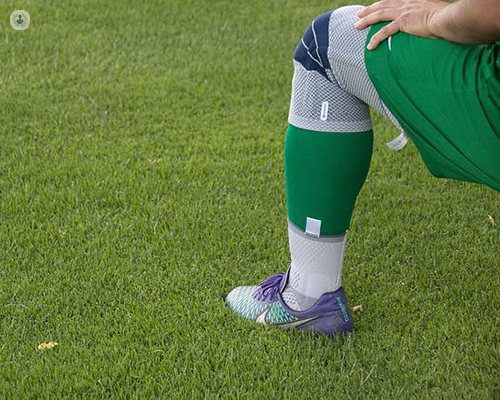All we need to know about knee arthroscopy
Autore:In this article below, highly skilled and qualified consultant orthopaedic surgeon, Mr Srinivasan Shyamsundar, answers all your frequently asked questions about knee arthroscopy.

Are knee arthroscopies common, and why are they performed?
A knee arthroscopy is a very common procedure that can help diagnose and treat all sorts of knee issues. You might require one if you're dealing with knee pain or stiffness that just won't go away.
How does a knee arthroscopy work?
Your surgeon makes a couple of small incisions in your knee and inserts a tiny camera called an arthroscope. This camera gives them a clear view of the inside of your knee joint, so they can see if there are any issues, like torn cartilage or damaged ligaments. As the surgery is minimally invasive, recovery time is usually a lot shorter than with traditional surgery.
Is it painful?
For a knee arthroscopy, you'll be under anaesthesia during the procedure, so you won't feel a thing while it's happening. Afterwards, you might have some mild discomfort or swelling, but you will be provided with pain medication.
Once your surgeon has had a good look around, they can take care of any issues they find right then and there. They might remove a piece of torn cartilage or repair a damaged ligament.
What does recovery time entail?
After the procedure, you'll probably need to take it easy for a bit to give your knee time to heal. Your doctor might recommend some physical therapy to help strengthen your knee and get you back on your feet faster.
To schedule in an appointment with Mr Srinivasan Shyamsundar today, just head on over to his Top Doctors profile.


